Steamboat Rock in Upper Grand Coulee
The Troubles in Paradise
For someone firmly rooted in the inland Northwest, I’ve spent volumes of time in Florida, both in reality and in the dream world. My dear ex-wife (whom I married in Fort Lauderdale) lives, now, in St. Augustine; my brother a few miles away in Jacksonville, and old friends, from my high school in Panama, are now dotted throughout the peninsula. As best I can tell none of them were injured or killed when two major hurricanes (Helene 9/27, Milton 10/9) raked the state in recent weeks. I send them prayers in lieu of sandbags.
There are temptations not to take Florida too seriously, and I think this is true in part because it is home to wonderful humorists and writers—i.e. Dave Berry and Carl Hiaasen—who capture the colorful characters and corruptions of the state much better than I can. When I was courting my ex (who lived in South Carolina at the time) I went to Orlando (a metropolis resembling a giant space station that fell from orbit into a swamp) (sorry for all the parentheses) and bought a Minnie Mouse doll at a Disney World kiosk and made sure it was delivered to her.
Brown pelicans begging for fish on the Intracoastal near Jacksonville, FL
But, honest to god, I have no memory of why I was even there, in central Florida, on that occasion. Suffice to say, Orlando is not my first choice of Floridian places to be. My favorite book about Florida (it’s hard to choose) is Susan Orlean’s The Orchid Thief. Orchid seeds travel long distances and can arrive in Florida, by the billions, on the winds of hurricanes. The storms deliver tropical birds as well, as they fly in the eyes of hurricanes until the storms abate. Orlean’s magical book makes the point that Florida is so different from the rest of the U.S. that it is a laboratory of sorts, not just by nature but by the kinds of people it attracts—one of whom lives in a garish palace called Mar-a-Lago, where, until recently, he’d stashed purloined, highly classified documents in one of his bathrooms.
As always, there are exceptions to the rule, but bro culture abounds and when I’m there I have to remind myself that it is the milieu of first resort, and that testosterone and alcohol shrink attention spans. If I need a third sentence to explain or introduce myself, it’s usually a sentence too many, and the eyes drift away, like balloons on the trade winds. Which is not to say I haven’t benefited from longer conversations in the shade.
“The wild part of Florida is really wild. The tame part is really tame. Both, though, are always in flux: The developed places are just little clearings in the jungle, but since jungle is unstoppably fertile, it tries to reclaim a piece of developed Florida every day. At the same time the wilderness disappears before your eyes: fifty acres of Everglades dry up each day, new houses sprout on sand dunes, every year a welt of new highways rises. Nothing seems hard or permanent; everything is always changing or washing away.”—Susan Orlean, The Orchid Thief
One purpose of today’s post is to update and adjust the record from my Daily Rhubarb dispatch on October 10, just before hurricane Milton made landfall just south of Tampa Bay. The fear was that Milton—which grew from a tropical wave to a Category 5 hurricane in just 48 hours—would make a devastating, direct hit on Tampa Bay. It didn’t, but even so, the death toll, as I write is at 17, more than 2 million homes and businesses are still without power, and the damage is now estimated at $50 billion. This can now be added to the devastation, just two weeks earlier, from hurricane Helene, which made landfall south of Tallahassee, killing more than 200 people, half of whom were in North Carolina, where the remnants of the hurricane brought catastrophic flooding. The damage from Helene is estimated at $250 billion.
We are not far removed from the days on which the popular TV evangelist Pat Robertson (who passed away last year) would warn that hurricanes and other natural disasters signal God’s wrath for American tolerance of homosexuality. But the science implicates our lust for fossil fuels, leading to higher CO2 levels in the atmosphere and the consequent dramatic surface temperature rise of the oceans, which serve as a massive heat sink for global warming.
•I wrote, last Wednesday, that between 2010 and this year, measurements of CO2 in the atmosphere have soared from 380 parts per million to 425 parts per million. (As measured at the National Oceanic and Atmospheric Administration’s CO2 monitoring facility atop Hawaii’s Mauna Loa volcano.) I should have provided more context. The baseline (pre-industrial revolution) is 1750, when CO2 levels were about 280 parts per million. Sixteen years ago, the writer and activist Bill McKibben helped found “Project 350”—a goal of which was to keep CO2 levels below 350 ppm, so as to avoid the dangerous effects of climate change on the biosphere.
•With regard to the two major hurricanes (thus far) this year, an important question is how much of the energy and added destructive power of Helene and Milton can be attributed to sea surface temperature rise attributable to fossil fuel carbon emissions. In my piece I wrote: “According to the prominent climate scientist Michael Mann, the power and deadliness of both storms was greatly enhanced by the additional heat contributed by anthropogenic carbon emissions.” Mann was relying on his own judgment and the work of scientists at World Weather Attribution, whose assessment of how anthropogenic CO2 contributed to the destructive power and rainfall loading of both hurricanes can be found here.
Today’s post is free to everybody, but please consider supporting The Daily Rhubarb with a paid, annual subscription ($8 a month) at the link below—tjc
There’s another data curve, from history. Since 1851, there have been 41 major hurricane landfalls in Florida, an average of one every four years. Since 2004, the average has been one every two years.
But enough with the science and the realities of the past and future.
I’m not being facetious — in the present tense, what matters more in Florida is the bravado of bro culture, in which gasoline is an aphrodisiac and scientists are subversive and should mind their own f-ing business. Florida’s governor, Ron DeSantis has said as much. The governor, who has presidential ambitions, made news last spring by signing several bills that, in his words, are intended to “restore sanity in our approach to energy and rejecting the agenda of the radical green zealots.”
A weatherman replied. His name is Steve MacLoughlin, and he posted a video on “X” shortly after the governor’s bill signing. In which he said this:
On Thursday we reported on NBC 6 News that the government of Florida was beginning to roll back really important climate change legislation and really important climate change language in spite of the fact that the state of Florida over the last couple years has seen record heat, record flooding, record rain, record insurance rates and the corals are dying all around the state. The entire world is looking to Florida to lead in climate change and our government is saying that climate change is no longer the priority it once was. Please keep in mind the most powerful climate change solution is the one you already have in the palm of your hands. The right to vote.
Meteorologist Steve MacLoughlin, giving his rebuttal to the governor last spring.
The reversal on climate change brought comparisons to the so-called “Don’t Say Gay” bill Desantis signed in 2022 barring state teachers from introducing topics of “sexual identity or gender orientation” in grades K-3 “or in a manner that is not age-appropriate or developmentally appropriate for students in accordance with state standards.”
MacLaughlin’s point about Florida being an international bellwether for addressing climate change is clearly related to what he and other meteorologists plainly recognize about the state’s vulnerability not just to increases in both the frequency and power of hurricanes, but also to flooding already being caused by rising sea levels. You may have seen this clip, below, of one of the state’s longest serving and most visible broadcast meteorologists, John Morales, losing his composure as he warns his viewers about the path and power of hurricane Milton.
In a follow up broadcast Morales added, his voice still trembling: “It is just gaining strength in the Gulf of Mexico where you can imagine the seas are just so incredibly, incredibly hot, record-hot as you might imagine. You know what’s driving that, I don’t need to tell you, global warming, climate change, leading to this.”
There is, as The Guardian reported Friday, a fringe element that threatens meteorologists for their reporting on climate change and is rage driven to circulate absurd conspiracy theories. Not to dismiss this craziness but the trend that accounts for most of the support that DeSantis and Donald Trump garner in response to their mocking of climate change (and their revocation of rules and regulations aimed at combating it) comes from those who wouldn’t actually shoot or poison a meteorologist. But they would vote for DeSantis or Trump for the ways they mock and excoriate experts bearing inconvenient truths. No surprise, but as New York Times columnist Thomas Edsall noted in a recent column (MAGA v. Science is No Contest) the core of the resistance to science largely resides in the attitudes of America’s white men who overwhelmingly vote Republican and vote MAGA.
I don’t perfectly understand the vibe, but it is a vibe, not a carefully reasoned conviction. It’s not a speech. It’s the way someone talks to you when they want to steal your wallet and make you wonder if they’re willing to break your arm to do so. There’s no shortage of jaded, bent -up white guys driving between Idaho and Spokane looking for love and validation and a better story about themselves. It’s just closer to the surface in Florida where, to cite one painful metric, property insurance rates have soared in recent years.
Even before the landfalls of Helene and Milton, the average annual property insurance tab in Florida was the highest in the nation—$3,340 annually, up nearly 40% in two years.
You can’t blame the weathermen, nor the scientists, nor the “radical green zealots” for that.
—tjc





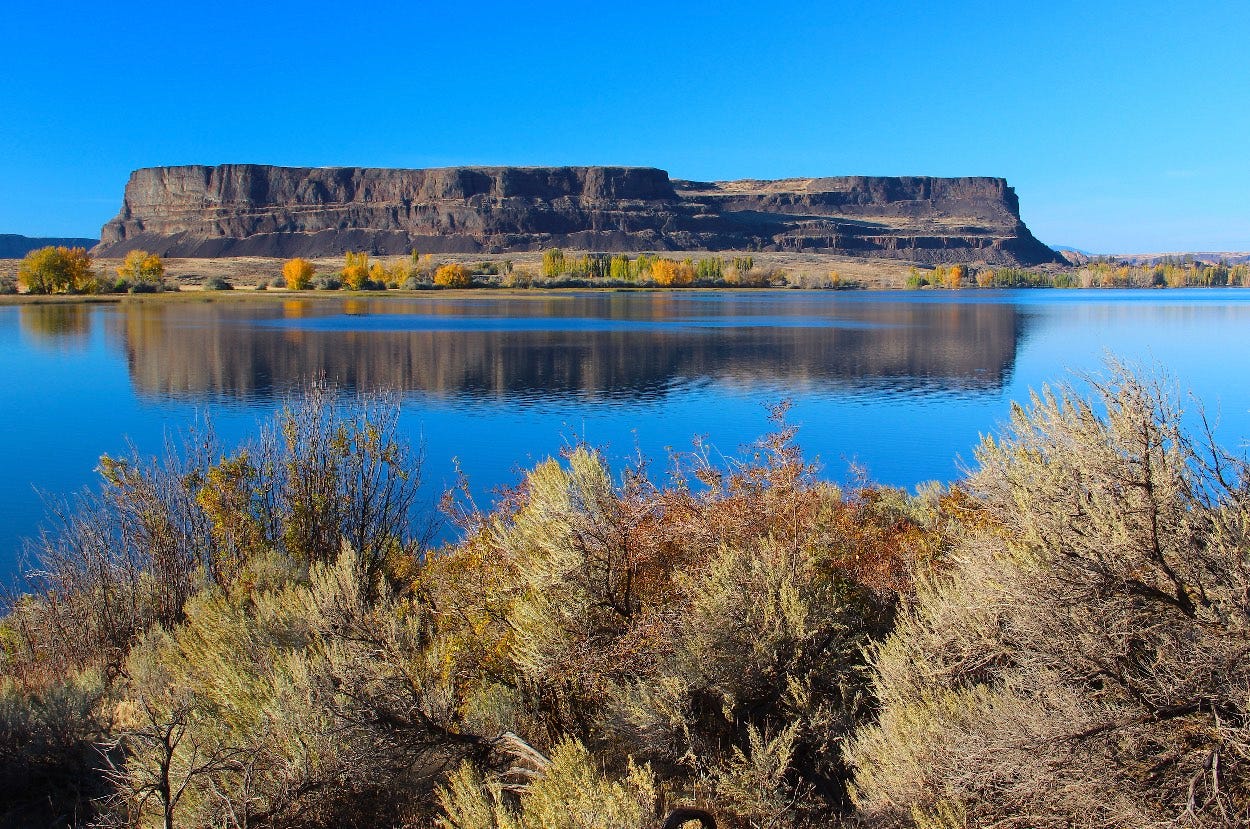
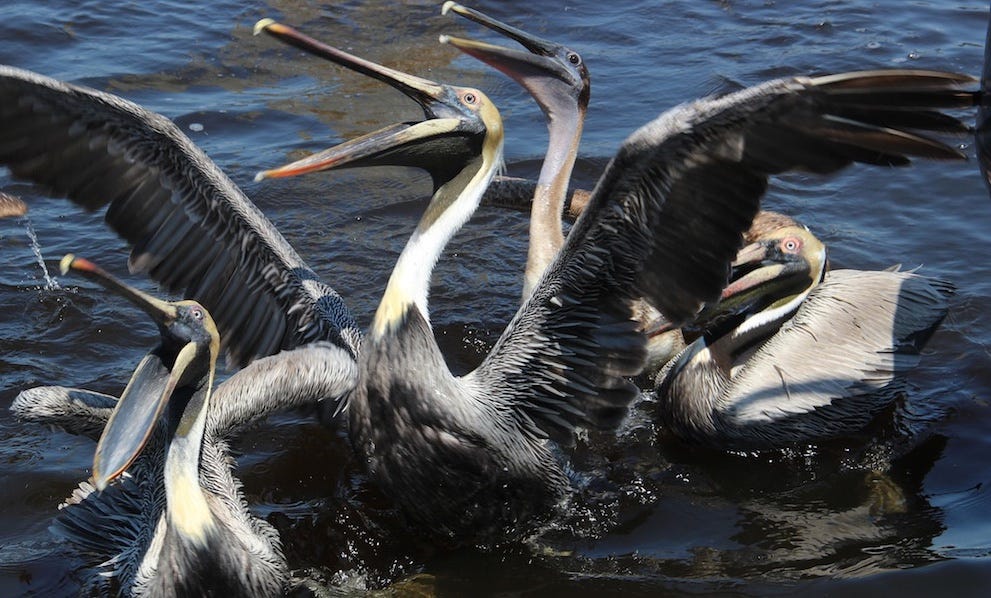
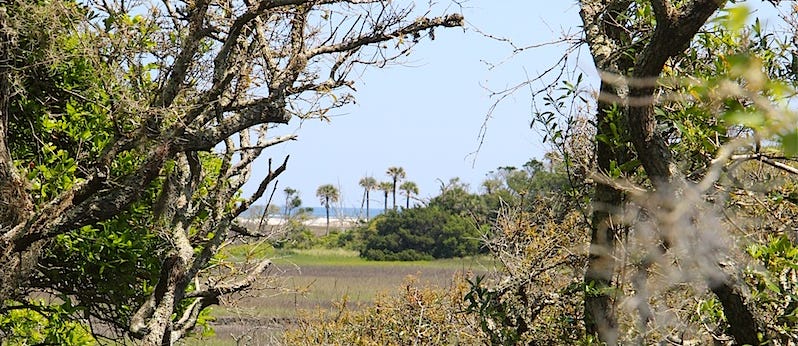



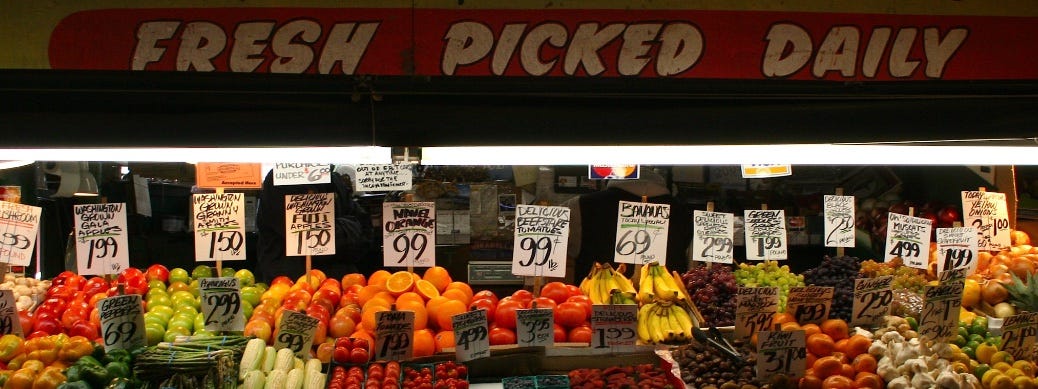
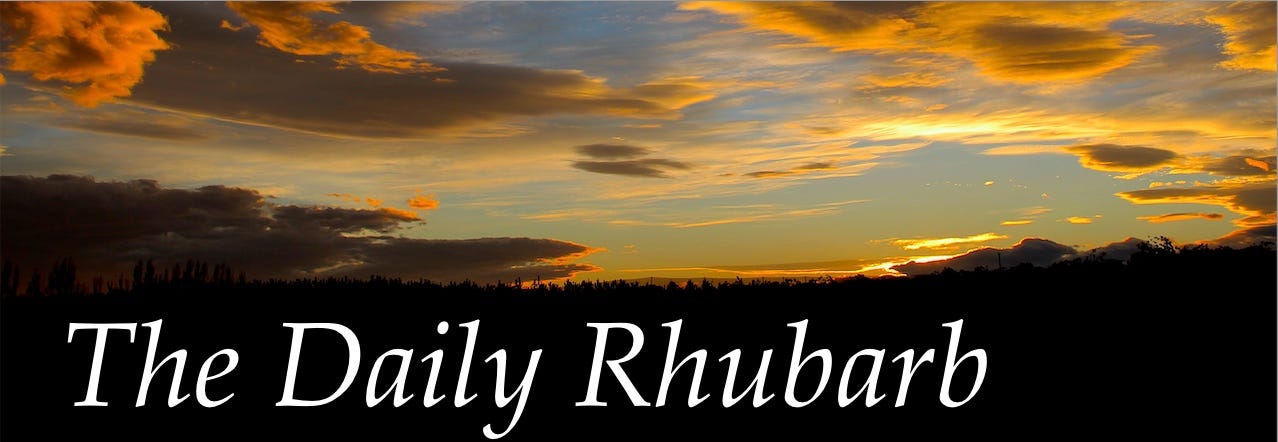
Thank you for you insider's recap of the canal's history! And on the subject of history, if you've not already read it, add Majory Stoneman Douglas' "The Everglades: River of Grass" to your list.